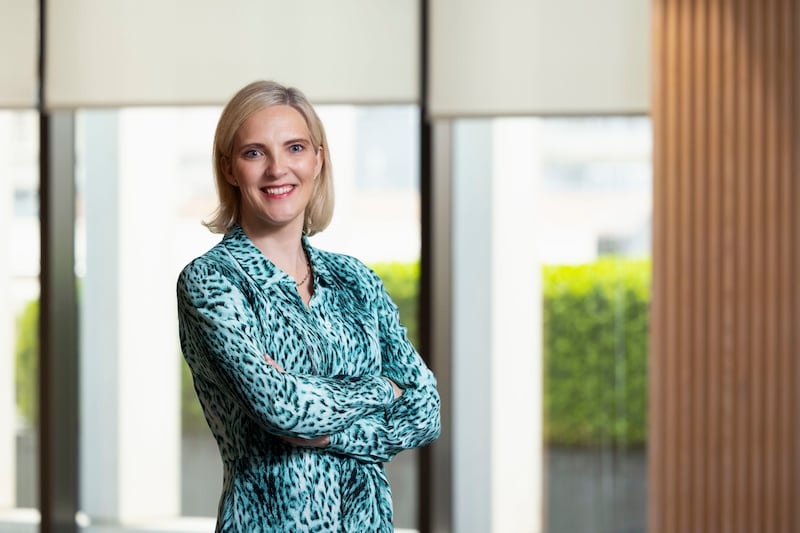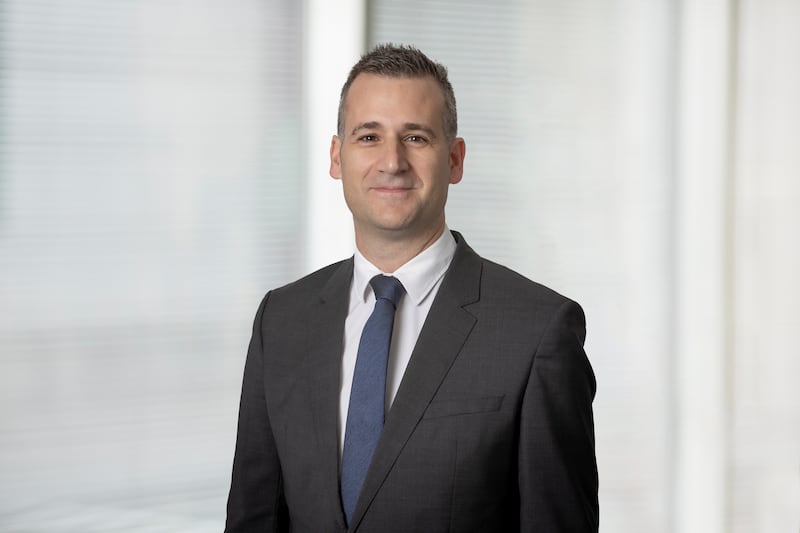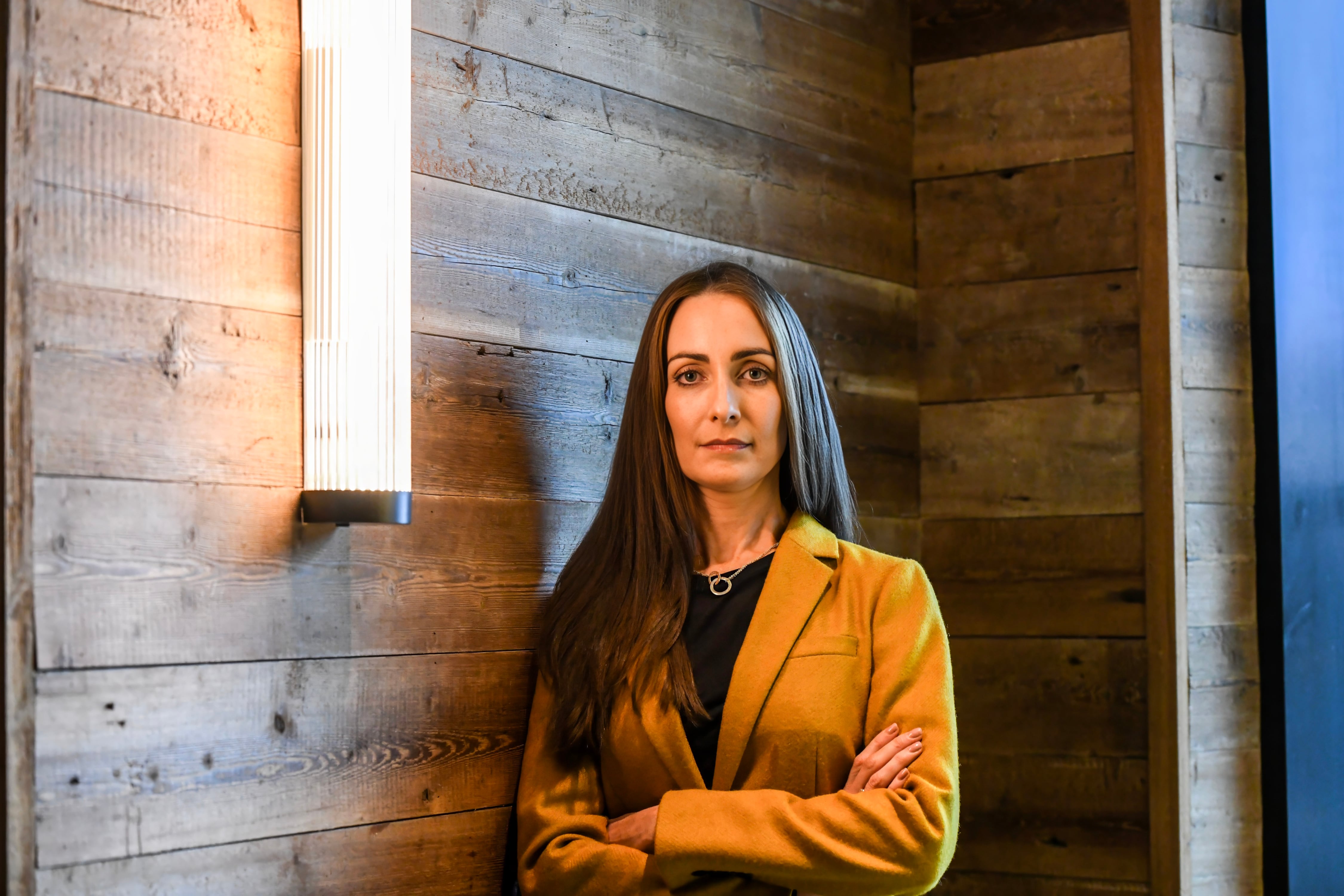The cost of achieving the goal of a net-zero carbon world by 2050 is staggering. McKinsey & Co has estimated capital spending on physical assets for energy and land-use systems in the net-zero transition between 2021 and 2050 at about $275 trillion (€251 trillion), or $9.2 trillion per year, on average.
Such figures are well beyond the capacity of governments, according to Jorge Fernandez Revilla, partner and head of asset management with KPMG. “Governments don’t have the money,” he says. “[But] what they can do is incentivise the private markets to provide the capital.”

This is where green finance comes in. Put simply, green finance is the provision of capital through the use of financial products such as investment funds, loans, mortgages or bonds, which support environmentally sustainable activities.
“Traditionally green finance would have been the term used to describe finance directed at supporting initiatives aimed at protecting the environment or mitigating or adapting to climate change,” explains Deirdre Timmons, sustainable finance lead, ESG reporting and assurance, with PwC Ireland. “However, the term is often used more widely now to encapsulate all aspects of sustainability, including social issues.”
READ MORE
At a practical level, green funds that invest in companies, activities and sectors with strong environmental, social and governance (ESG) practices have delivered strong returns for investors over time while both consumers and businesses are benefiting from discounted green loans.
“To be sustainable, investments need to deliver competitive returns,” says AIB’s chief strategy and sustainability officer, Mary Whitelaw. “Funds are inherently volatile, and whilst there have been periods of relative short-term underperformance in sustainable funds – most markedly in 2022 – 2023 saw sustainable funds return to their trend of outperforming their traditional peers on an annualised basis.
“Long-term performance, the most important indicator, also remains very strong. For example, analysis of Morningstar data has found that if one had invested a hypothetical $100 into a sustainable fund in December 2018, it would be up 35 per cent on a median basis, compared to 25 per cent for traditional funds.”

While these funds are classified as green under the Sustainable Finance Disclosures Regulation, the definition can be far from clear cut. Indeed, some green funds include investments in oil and gas companies on the grounds that they are investing in the green transition.
“There is a challenge around the definition of green finance,” says Fernandez Revilla. “These things can mean different things to different people. It’s a complex area that can be subjective.”
He notes that the EU Green Deal is aimed at redirecting capital to sustainable investments. Key elements of the Green Deal are the Green Taxonomy, which defines sustainable activities, and the Corporate Sustainability Reporting Directive (CSRD), which requires larger companies to disclose their ESG impacts and related risks opportunities.
“Funds will allocate capital based on the CSRD,” Fernandez Revilla points out. “But it will be a gradual process that will take a number of years. Overall, it’s the right approach. These things take time. After all, IFRS [international financial reporting standards] and US GAAP [generally accepted accounting principles] took 40 or 50 years to develop.”
The other side of the coin is green lending. Broadly speaking, this is any form of financial product or service that funds activities that are low carbon at the time of borrowing, according to Whitelaw.
“Transition finance is largely focused on supporting activities that contribute to the transition to a lower carbon economy,” she says. “An example of transition finance is our sustainability linked loan, which is available to larger customers and offers favourable terms subject to the borrower meeting certain transition targets.”
AIB offers a range of green loans to homebuyers and personal customers, says Whitelaw. “At AIB Group, we offer green mortgages across AIB, EBS and Haven, which means our lowest mortgage interest rates are available for energy efficient homes,” she adds.

Individual personal customers can also borrow at a lower annual percentage rate, as long as they spend 50 per cent or more of the money on a green initiative, including buying an electric or plug-in hybrid vehicle or upgrading a home, including insulation, solar panels, boilers and water systems.
The logic behind these advantageous rates is clear, says Fernandez Revilla: “Technically, better insulation means lower energy bills, meaning that owners will be in a better position to repay their mortgage. Also, a better built home is more saleable.”
That lower default risk combined with enhanced saleability allows the lender to offer a lower interest rate.
Unfortunately, there has been something of a push back against green and ESG investing in the United States, and there are some signs of this spreading to Europe.
“It’s an election year in many countries, so it seems inevitable that there will be an increase on the rhetoric surrounding sustainability,” says Whitelaw. “This is currently particularly true of the US but there is nothing essentially new in this regard – there have always been climate deniers popping up from time to time.
“The anti-ESG tide is less prevalent in Europe than the US, mainly due to greater political and consumer support for greener products and a robust suite of sustainability regulation. However, recently, amid a higher cost-of-living environment, there have been pockets of instances of watering down of environmental rules and legislation in some European markets.”
Fernandez Revilla believes this trend is part of a natural cycle: “We have gone from zero to 100 very rapidly. It was probably over-hyped to begin with. People are now taking the opportunity to reassess the issues. Any time something new and innovative comes along the initial hype is followed by a period of reassessment.
“There will always be conflicts in complex areas like this. But we need to take a long-term view. Investing in the green transition is the right thing to do. We need to move towards carbon neutrality and address climate risk. I believe the next generation will take a different view to the current one and will allocate more capital to it. It will happen.”
And Ireland can play a significant role in that, he believes. “Ireland could be a leading player,” he says. “Ireland has great engineers, lawyers, accountants and people in the funds sector. These people have real expertise in this space. Ireland can play a great part in financing the transition.”












